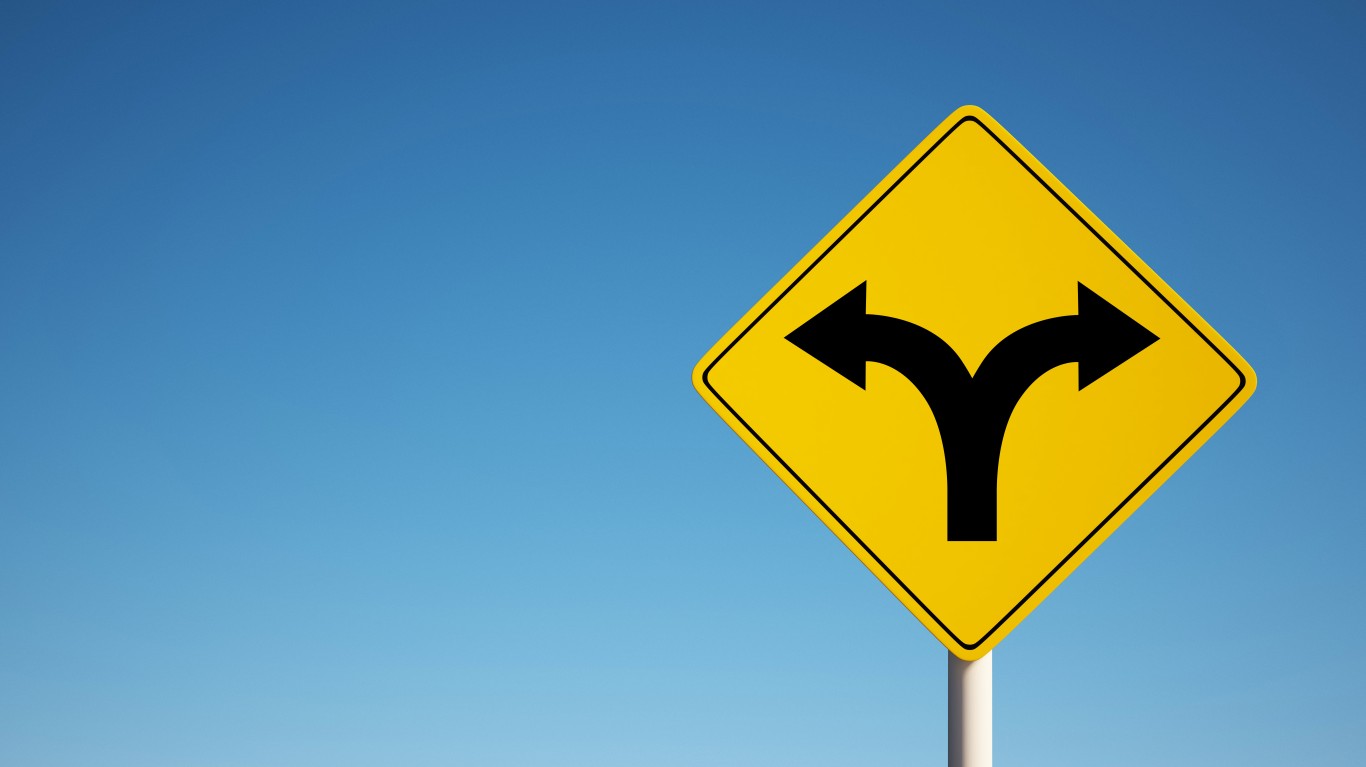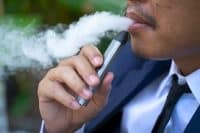
This post may contain links from our sponsors and affiliates, and Flywheel Publishing may receive
compensation for actions taken through them.
compensation for actions taken through them.
If you want to set aside more money for retirement, you can boost your 401(k) contributions.
In fact, in the new year, you can defer up to $23,500 into your 401(k), which is up from the $23,000 cap in 2024. If you’re 50 or older, catch-up contributions will stay at $7,500.

Key Points About This Article
- It’s time to boost your 401(k) contributions.
- As noted by CNBC: There is a “super funding” opportunity for 401(k) catch-up contributions for a subset of savers.
- If you are age 50 or over by the end of the year, you can still make annual catch-up contributions to your retirement account, according to the Internal Revenue Service.
- Also: Take this quiz to see if you’re on track to retire(Sponsored)
A Super Funding Opportunity for Some 401(k) Investors
However, as noted by CNBC: There is a “super funding” opportunity for 401(k) catch-up contributions for a subset of savers, according to Tommy Lucas, a certified financial planner.
Through Secure 2.0 – which raises the required minimum distribution (RMD) starting age in two tranches: to 73, starting in 2023, and to 75, starting in 2033 also increases catch-up contribution limits to $11,250 for employees ages 60 to 63; and also brings the 401(k)-deferral total to $34,750 for this group.
Also, if you plan to adjust your deferrals for 2025, do it now.
According to CNBC, changes to your 401(k) contributions can take a couple of pay periods. If that happens, you could potentially miss higher contributions in January, if you wait. So, it may be a good idea to start making that change now.
Of course, it’s also a good idea to check with your financial advisor.
If You Don’t Fall Within That Age Group, You Can Still Catch Up Contributions
If you are age 50 or over by the end of the year, you can still make annual catch-up contributions to your retirement account, according to the Internal Revenue Service (IRS). In 2024 and 2025, the catch-up amount is $7,500 for each year.
If you don’t fall into that age group either, you can still catch up.
For one, you can maximize your 401(k), and if you don’t have one set up, or you work for yourself, talk to your company’s financial administrator or your advisor. If you do work for yourself, you can always set up a Solo 401(k).
Also, f you have an employer that will match your 401(k), maximize your contributions up to the amount your employer will match. If your employer will match up to 6% of your salary, maximize that. So, if you earn $75,000 a year, and you contribute 1%, that’s $750 for retirement. If your employer matches that, you have $1,500 for retirement per year. If you contribute 6% and your employer matches that, that’s about $6,750 in retirement per year.
You can also invest in a traditional IRA, for example. While it’s best to check with your financial advisor, many times you can deduct contributions on your tax return.
There’s also the Roth IRA, where you make contributions with money you’ve already paid taxes on. With a Roth IRA, your money can grow tax-free with tax-free withdrawals. But again, check in with your financial advisor before doing anything.
And, if you are self-employed, you can set up a Solo 401(k), a variation of the 401(k) plan but set up for those who work for themselves. For 2024, the IRS says you can contribute up to $69,000 with an additional catch-up contribution of $7,500 if you’re 50 or older.
And, as always, be sure to check in with your financial advisor.
Are You Ahead, or Behind on Retirement? (sponsor)
If you’re one of the over 4 Million Americans set to retire this year, you may want to pay attention.
Finding a financial advisor who puts your interest first can be the difference between a rich retirement and barely getting by, and today it’s easier than ever. SmartAsset’s free tool matches you with up to three fiduciary financial advisors that serve your area in minutes. Each advisor has been carefully vetted, and must act in your best interests. Start your search now.
Don’t waste another minute; get started right here and help your retirement dreams become a retirement reality.
Thank you for reading! Have some feedback for us?
Contact the 24/7 Wall St. editorial team.





